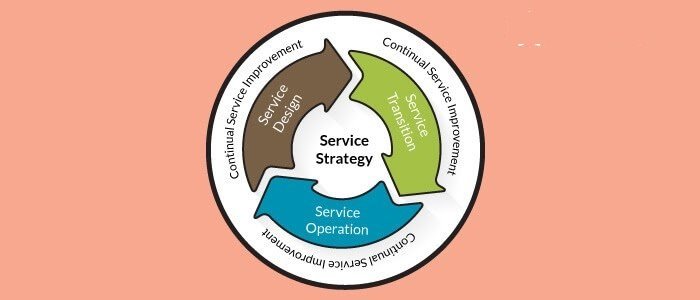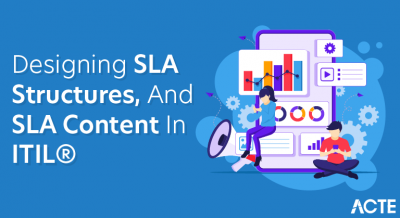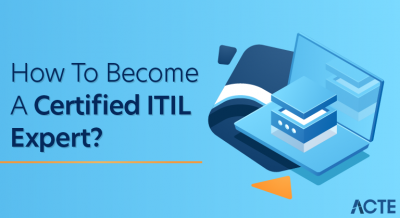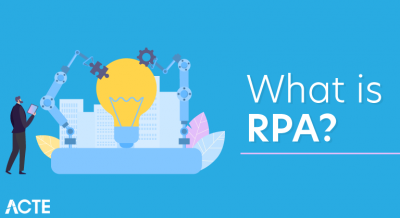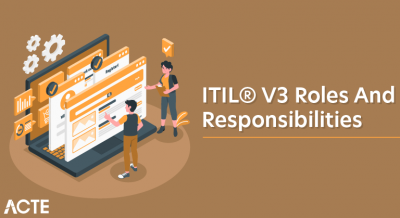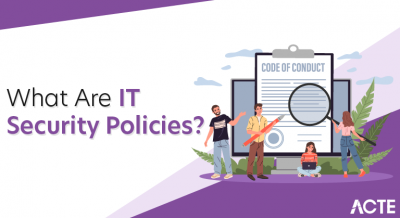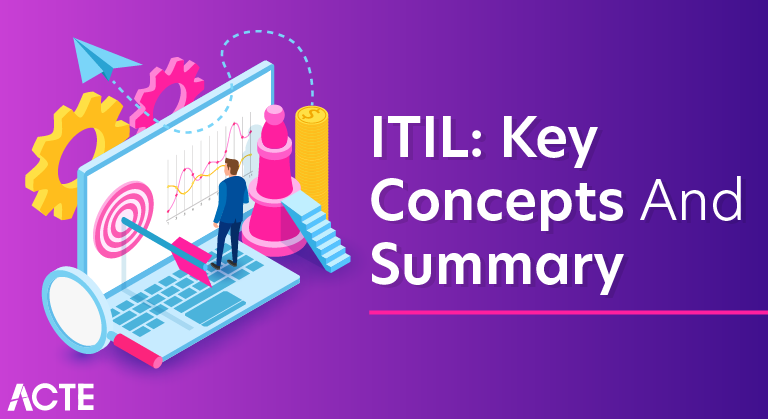
Applying technology and Information in businesses make the work in the multiple domains in the industry much easier. Technology by far has evolved to such an extent that you can now just by clicking know all about the various data and figures that are flowing from various parts of the world. Numerous streams like Business Analytics, Information Technology department, Big Data Expert and many more domains are there in almost every big-weight company. Numerous functions such as framing policies and management decisions are taken with a set of advanced programs and software that is as per the latest trends of the industrial norms and standards. Even the management and the decision makers of the companies are making use of the programs like Hadoop, Tableau, Red Hat Linux and many more are applied to take up the correct decision in the arena of conceptualization and statistical interpretation that is benefitting the organizations by manifold.
The benefits that you get from all the technological configurations are the main reasons that you should definitely adopt ITIL if you want to go for smooth business dealings. This is the crucial concept that governs the establishment of the Information Technology Infrastructure Library or in short, ITIL. As mentioned earlier, the establishment of the Information Technology Department and the incorporation of the highly advanced program have led to the ease of operation in daily industrial functioning. Apart from the comfort, this system of ITIL has led to the saving of much time and economy that the company had to make that same work to do it manually. ITIL also ensures that the tenets of the mechanical function are governed by the highest standard of quality and precision.
The concept of the ITIL and steps
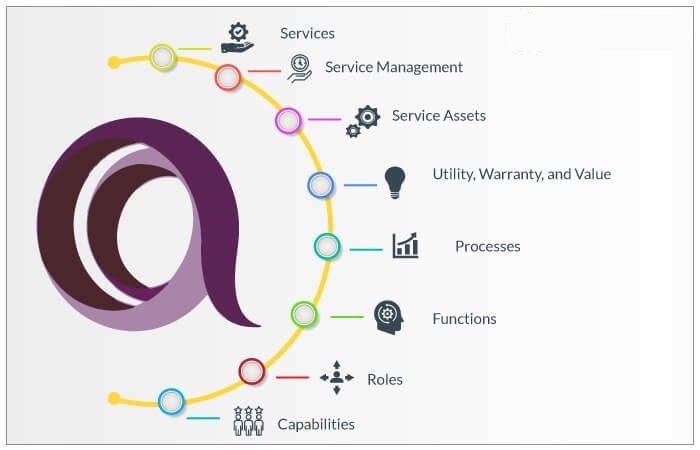
With constant upgrade and functioning of the whole idea of ITIL, the latest updates of the entire framework was put forward in the year 2011 which have profoundly become popular due to its ease of installation and configuration. By this latest terminology, you can divide the concepts and functions into the following categories:
- Services: The principal concept of the ITIL is that it implies that the customers will be provided with all the requisite levels of satisfaction and commitment without any loss or investment on the part of the customers.
- Service Assets: The assets literally mean the resources. The resources imply the infrastructure and the facilities that the providers can make provision of to both the business and the customers.
- Service Management: Managing the service efficiently and delivering the most to the customers for the ultimate level of popularity is what service management implies in the concept of ITIL.
- Utility, Warranty, and Value: Now comes the crucial part. The value-based integrity which governs the principal concept of the ITIL is the central tenet that will help you to go for the quality service and eliminate all the bugs and constraints that have been affecting the whole utility of the service to the customers. With the assurance of the quality facility, provisions must also be made about the warranty that will ensure the reliability and guarantee of the functioning.
- Processes: Coming to the next point, you need to see that every set of programs or entity requires an efficient way of governing. These practical sets of rules are known as processes that are used to achieve a specific target or goal. Processes can be used for delivering the desired outcome to both company stakeholder and client. They can make a valid transition of the input to the targeted output. While achieving the target, you must always measure the process and see if they can be pulled out regardless of any particular events.
- Functions: Functions are usually the medium by which the group of employees and the high-end programs are used to follow up the processes that are used to make up the operations efficiently.
- Roles: The responsibilities that are entrusted to each set of entities are that specific people will play in the execution of the project.
Capabilities: Lastly, the whole system jots down the specified abilities and the achievement that a set of entities can achieve so that the role and responsibilities could be efficiently distributed according to that. Check out the diversity in
Process and the Function that is involved in the whole deployment of ITIL
From the above points, you can now clearly understand the framework of the whole of ITIL that will help you to install the efficient system in your company. From there you can see that the main facets that are governing ITIL are the processes and the functions. They cover the various aspects such as the Release Management, Event Management, Capacity Management and many more that can be bundled up under the process and functional element
Now you can take a look into the process that is involved with the 2011 version of the ITIL. These processes are also functions that are included in the whole system of ITIL. The only thing is that the process stands for the deployment while the service holds for the practical application of the below mentioned five stages. They are divided into five stages by the importance and position in the life cycle of the service:
- Service Strategy: The first and foremost step of the whole process of the ITIL framework is to chalk out a strategy. The development of the plan is the key to determine the functioning of the entire system, which includes all the facilities and provision that the company can offer to the organization and client as a whole. It will also help you know about the errors and updates that need to be done to improve the function of the IT organization and go for imperative manner.
- Service Design: The whole plan is to go for the service and design the latest version of Information Technology service. This implies architecture of the program which traces up the entire new Information Technology function and how you can incorporate the improvisation in the more original service.
- Service Transition: After planning and designing, now you need to finally configure, install, organize and install the Information Technology service that will ultimately help you to coordinate in an organized manner.
- Service Operation: Now comes the testing and functioning part. The services that were developed in the previous processes that will help you to know about the working of the process that in turn will help you to see if it is working or not. The process consists of granting the request of the users, servicing of the errors and then carrying out the task that was meant to be completed.
- CSI or Continual Service Improvement: Now while the whole process is fully operational, you can find out the scope that you need to go for the continual improvement of the service that will do the service more and better. The stage aims to improve the service and deliver the performance with precision continuously. You need to go for the continuous improvement by constant monitoring of the scenes mentioned above.
